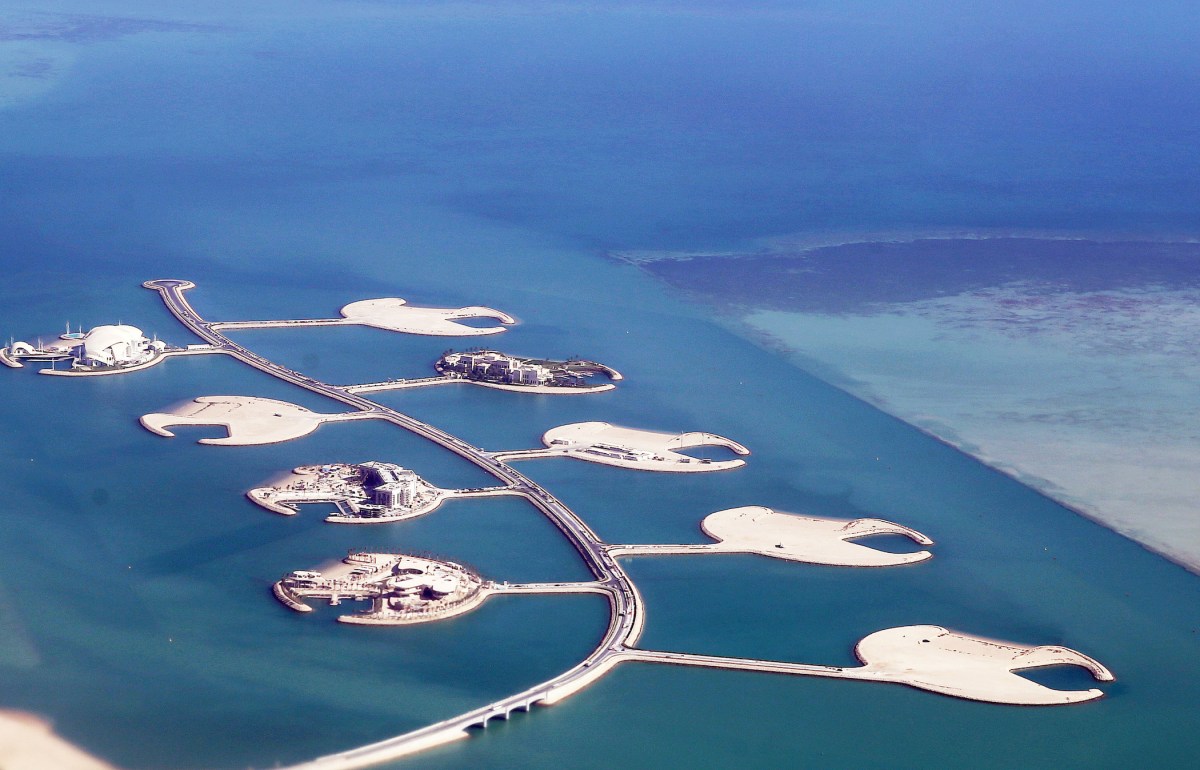It’s not a far-fetched idea from a sci-fi movie, artificial islands have become a growing phenomenon. The government of Hong Kong is one of the latest adoptees of the strategy as overcrowding becomes more of an existential crisis across the globe.
The Hong Kong project has been dubbed the East Lantau Metropolis, which would be built on 2,200 hectares of land reclaimed from the sea. In theory, the East Lantau Metropolis could house 1.1 million people, and be completed in 14 years.
There are potential problems with the building of artificial islands: reclaiming land from the sea hugely impacts underwater ecosystems, and such islands are likely at greater risk of danger from climate change-caused rises in sea level.
But Hong Kong would be following the example of a number of other projects. The United Arab Emirates has already built a palm tree-shaped island, and the Maldives built two islands as well.
Thanks for reading InsideHook. Sign up for our daily newsletter and be in the know.



















